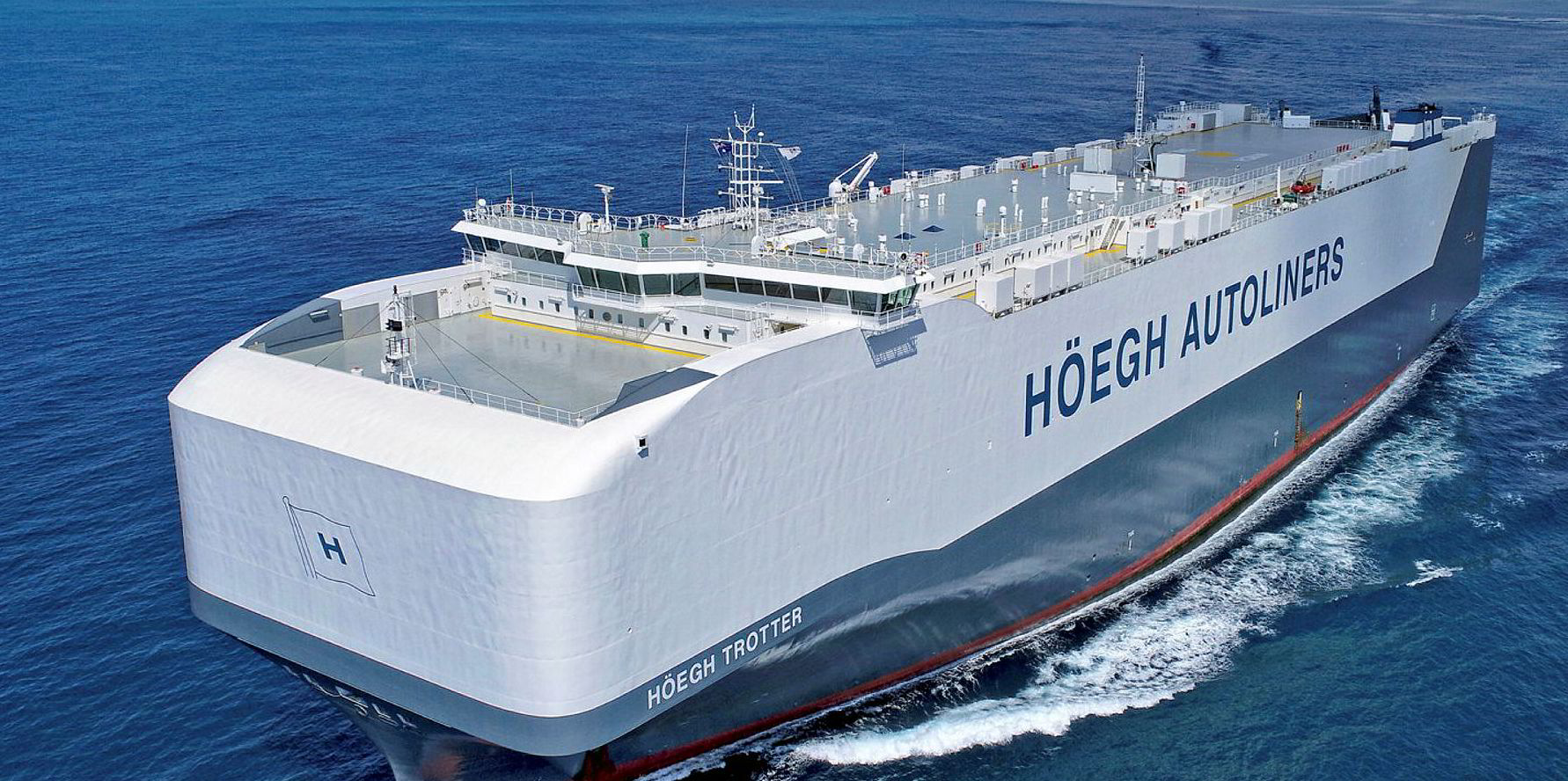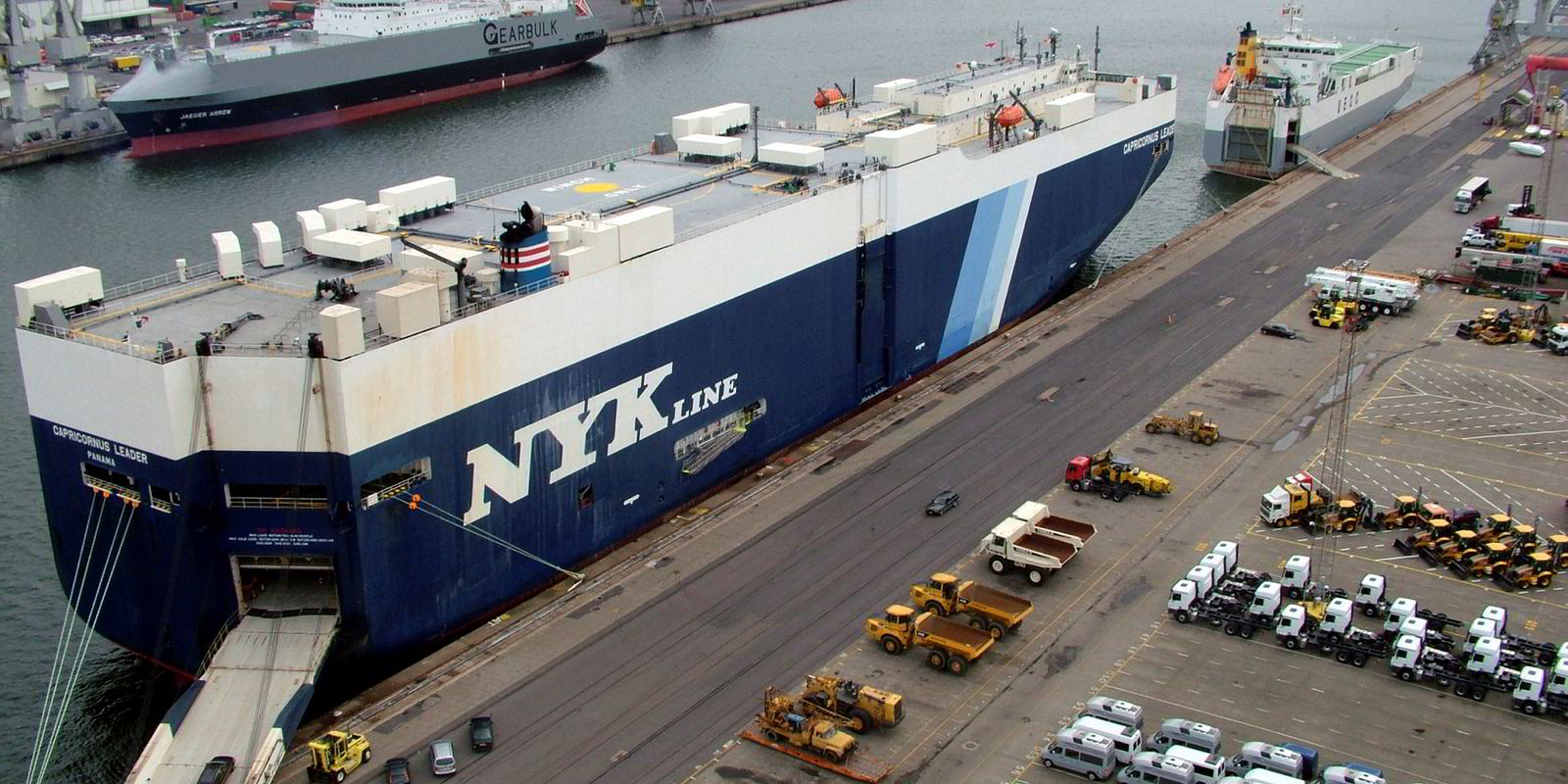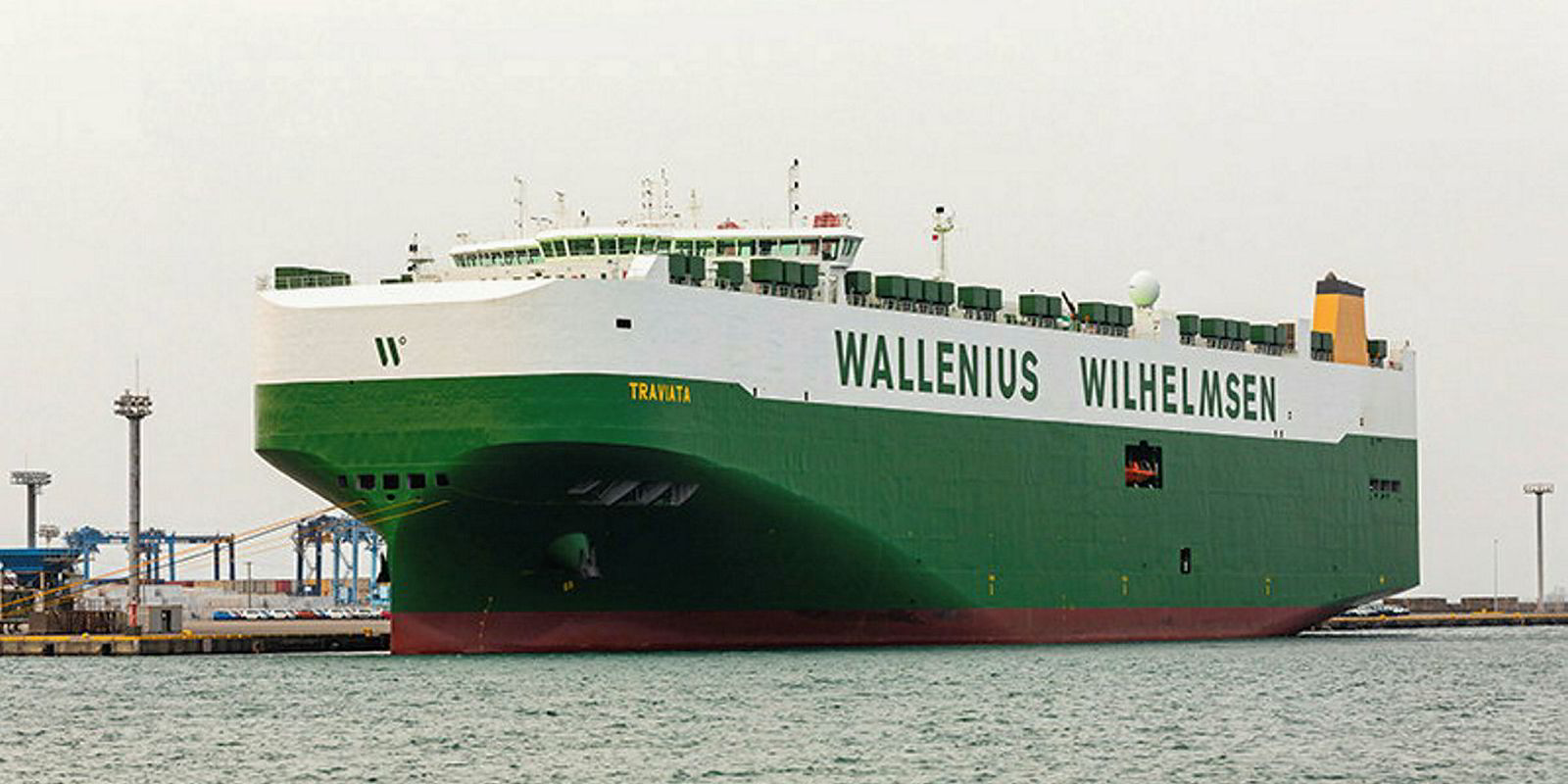The car carrier market faces uncertain times despite various positives including a shrinking orderbook.
For many years, the sector was very stable and profitable, benefiting from long-term contracts, sometimes of up to 10 years.
But trade wars, slowing economic growth and longer-term structural changes in the automotive industry have left the operators and tonnage providers with many challenges.
In 2018, about 16% of the 90 million cars produced globally were carried by sea.
Global production growth
Global vehicle production has been growing a few percent each year, but output was flat in 2018.
Tom Ossieur, head of car carriers at shipping consultancy Drewry, says that due to demand uncertainty, long-term charter contracts have become a rarity. Sale-and-purchase activity has also plummeted.
“Despite modest fleet growth during the past few years, the car carrier sector is struggling to recover from a poor market in 2016/2017,” Ossieur says.
The first half of 2018 saw a steady improvement, but the market subsequently went into reverse and idling vessels returned.
Ossieur says charter rates fell below 2017 levels as a consequence of global trade wars and the economic slowdown.

He adds that the high cost of technology investment is putting a strain on car manufacturers.
This has forced rationalisation of traditional production capacity in more mature markets and centralising of production in larger, more efficient factories globally.
Threat to small plants
As a result, smaller plants, such as the Honda factory in the UK, are at risk. But the manufacturers have continued to invest in emerging markets, where demand is increasing, which can lead to additional port calls.
Trading patterns are shifting rapidly and the market is more competitive because of new export trades, says Espen Hofland, head of car carriers and ro-ro chartering at Fearnleys.
Operators can now fight for cargoes previously beyond their reach because of fixed trading patterns. The more dynamic market, with increased competition, drives down rates.
Also, new trade lanes and more port calls mean route optimisation has become increasingly complicated, despite an overall improvement in trade balances.
Calling at additional smaller ports is not ideal for optimising employment of the larger post-panamax ships. One estimate is that more than 400 terminals worldwide are visited by car carriers, although some only occasionally.
In contrast to the containership trade, Ossieur says: “Very few car carriers are operating on loops, so flexibility is key.
“Overall car carrier efficiency, defined in terms of nautical miles per ceu of vessel capacity, has fallen by 39% since 2007.
East-west trade flows
“Historically, the car carrier sector has been dominated by east-west trade flows between the main vehicle production and consumption centres in the Far East, Europe and North America, built around predictable trade volumes and long-term charter contracts.”
Meanwhile, market uncertainty and slowing passenger car volume growth has seen operators increasingly target the high and heavy and project cargo sectors by ordering ships with stronger ramps and more hoistable decks, as well as investing in land-based automotive logistics.
The Japanese, as well as the likes of Wallenius Wilhelmsen and Hoegh Autoliners, have focused increasingly on terminals and inland services.
In the European trades, more ro-ro companies such as Stena are moving into the car carrier space, creating competition for regional players such as United European Car Carriers and K Line European Sea Highway Services.





